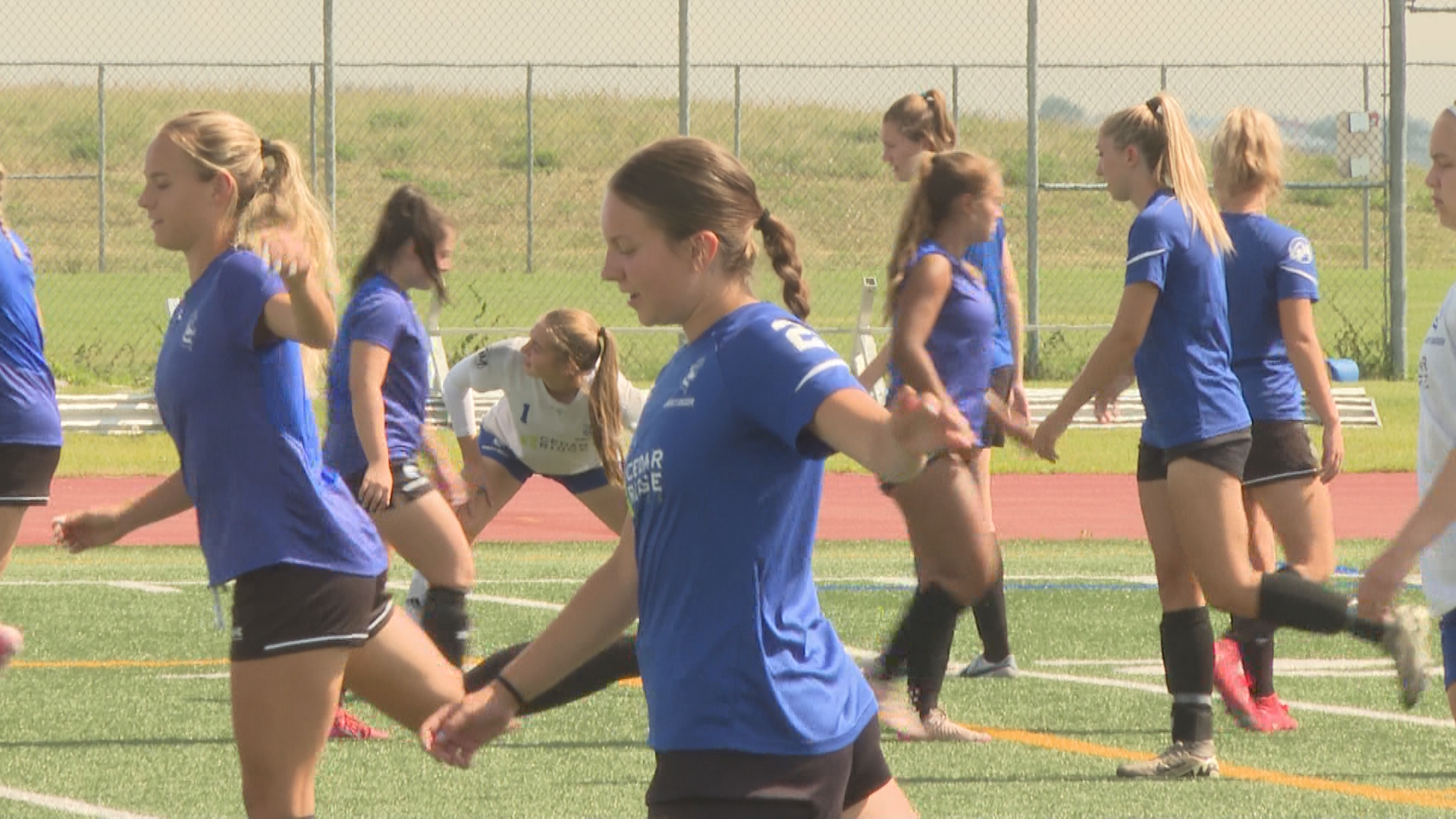Scientists have identified a key mechanism in human memory formation by studying brain waves called ripples that organize different episodes of information. Researchers at the University of Barcelona tracked these high-frequency electrical oscillations in patients watching BBC’s Sherlock, revealing how the brain marks and stores memories in real-time during continuous experience.
The study, published in Nature Communications, shows for the first time in humans and realistic settings how ripple-type brain waves coordinate memory encoding. These brief bursts of neural activity act like punctuation marks, helping the brain segment ongoing experience into distinct memorable episodes.
How Ripples Organize Memory
“These segments mark the point at which the brain closes one episode in memory and begins recording another,” explains Lluís Fuentemilla, lead researcher from the University of Barcelona’s Institute of Neurosciences. “For example, when you are doing something and you receive a phone call or the doorbell rings, the brain identifies that there has been a change in the course of the experience and uses these events as if they were punctuation marks, a full stop in a sentence.”
The researchers monitored brain activity in ten epilepsy patients who had electrodes implanted for clinical reasons. While participants watched a 50-minute Sherlock episode, sensors tracked ripples—oscillations lasting about 38 milliseconds at roughly 90 Hz frequency—occurring approximately five times per minute across different brain regions.
Two-Part Memory System Revealed
The study uncovered a sophisticated coordination between brain regions during memory formation:
- Hippocampus activity: Ripples increased at event boundaries when scenes changed
- Cortical activity: Ripples occurred more during ongoing events rather than transitions
- Temporal cortex: Higher ripple rates predicted which events participants later remembered
- Cross-brain coordination: Different regions showed complementary timing patterns
This pattern suggests the brain regions work “as if they were an orchestra,” according to the researchers. Cortical areas actively process ongoing information while the hippocampus intervenes during scene changes to “pack and consolidate” memories.
Beyond Laboratory Settings
Previous studies had identified ripples in animals, particularly mice, but human research was limited to artificial laboratory tasks. This study broke new ground by examining ripples during naturalistic viewing of a complex narrative with scene changes that mirror real-life experience.
The participants successfully recalled about 41% of the movie events afterward, maintaining the correct sequence order. Importantly, only ripples in the temporal cortex—a region involved in processing objects and people—predicted which events participants would later remember.
Clinical Implications
The findings could transform understanding of memory disorders and treatment approaches. “To date, when faced with an amnesic problem, we thought of attention deficits or difficulties in acquiring information,” the researchers note. “Our results suggest that there could also be a failure in these segmentation signals, in how information is structured in the brain.”
The research opens possibilities for therapeutic interventions that consider how information is organized at the brain level. For older adults showing memory impairment, presenting information with clear pauses between events could facilitate proper encoding and storage—not just as cognitive pacing, but because structured presentation aligns with the brain’s natural segmentation processes.
These insights deepen our understanding of how memory organizes in the human brain and suggest new avenues for addressing memory-related disorders by targeting the brain’s natural episode-marking mechanisms.
Related
If our reporting has informed or inspired you, please consider making a donation. Every contribution, no matter the size, empowers us to continue delivering accurate, engaging, and trustworthy science and medical news. Independent journalism requires time, effort, and resources—your support ensures we can keep uncovering the stories that matter most to you.
Join us in making knowledge accessible and impactful. Thank you for standing with us!








